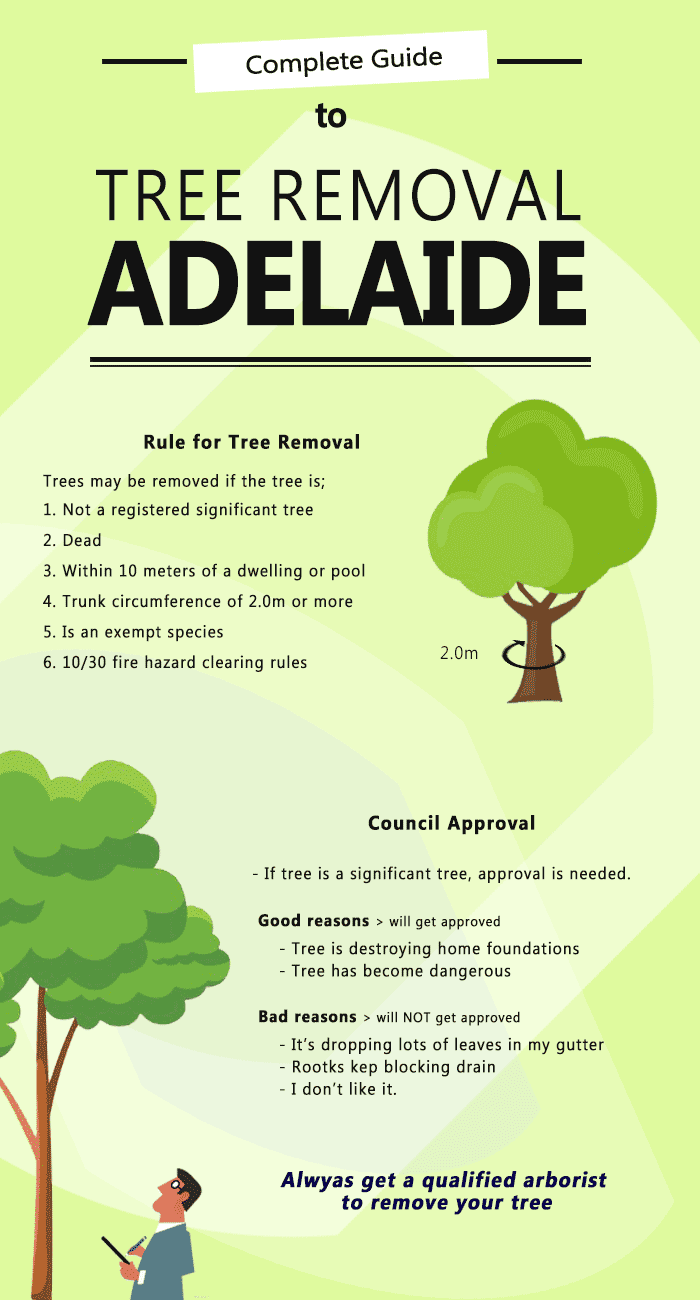Examine Ways To Sustain A Growing Landscape After The Elimination Of Trees
Examine Ways To Sustain A Growing Landscape After The Elimination Of Trees
Blog Article
Material Written By-
When it pertains to seasonal tree treatment, guaranteeing proper administration prior to and after elimination can significantly impact the health and wellness and appearances of your landscape. By comprehending the needed actions involved in examining tree health and wellness and preparing for removal, you can proactively protect your residential or commercial property. However what regarding the critical methods to adhere to as soon as the tree is gone? Remain tuned to find the vital post-removal care actions that will certainly aid you cultivate a flourishing and sustainable setting for your trees.
Pre-Removal Tree Treatment
Prior to attending to the elimination of a tree, it's essential to prioritize pre-removal tree care. Begin by assessing the tree's health and architectural stability. Search for indicators of illness, bug problems, or any type of structural concerns that may present a security threat throughout elimination. It's essential to speak with a certified arborist to determine the very best course of action.
Trimming dead or infected branches can stop more damage to the tree and guarantee a smoother elimination process.
In addition, consider the environmental impact of getting rid of the tree. Trees play an essential duty in our community, so growing a new tree in an appropriate location can aid offset any loss. Ensure that you have the required licenses and permissions for tree removal, especially if the tree is protected by regional laws.
Seasonal Maintenance Tips
Evaluating your tree's requirements throughout the year is important for its health and long life. To keep your trees in leading condition, comply with these seasonal upkeep tips.
In arborist spikes , concentrate on trimming to get rid of dead or broken branches and motivate new development.
Summer requires routine watering, specifically during dry spells, to guarantee your tree remains hydrated.
As autumn strategies, watch out for very early indicators of illness or stress and anxiety, and consider applying compost to shield the origins during wintertime.
In wintertime, be cautious when eliminating snow from branches to prevent damage, and continue to monitor your tree's general health.
Keep in mind to change your care routine based on the particular demands of your tree species and local environment. By staying attentive and aggressive throughout the periods, you can assist your trees thrive and thrive for many years to come.
Post-Removal Tree Treatment
To guarantee the wellness of your landscape even after tree removal, proper post-removal treatment is crucial. After a tree is eliminated, it's vital to fill the continuing to be hole with topsoil and compact it to avoid settling. This will certainly help keep the stability of the ground and protect against prospective threats in the future.
Take into consideration growing brand-new greenery in place of the eliminated tree to recover the equilibrium and aesthetic appeals of your landscape. Frequently water the area to promote the growth of new plants and stop dirt erosion.
Evaluate the surrounding trees for any indicators of illness or stress and anxiety that might have been brought on by the eliminated tree. Keep an eye out for insects that could've been attracted to the previous tree and take preventive measures to secure the continuing to be plants.
If required, talk to arborist education to examine the effect of the elimination on the bordering trees and determine any added care required. By adhering to these post-removal treatment actions, you can guarantee the ongoing health and beauty of your landscape.
Final thought
Finally, aggressive seasonal tree care is essential for keeping the health and wellness and balance of your landscape. By assessing tree health, pruning, and talking to an arborist before removal, you can ensure a risk-free procedure. After removal, filling up the hole, planting brand-new vegetation, and regular watering will promote new development and prevent disintegration. Remember to inspect bordering trees for disease and look for further treatment steps from an arborist to maintain your landscape flourishing.
